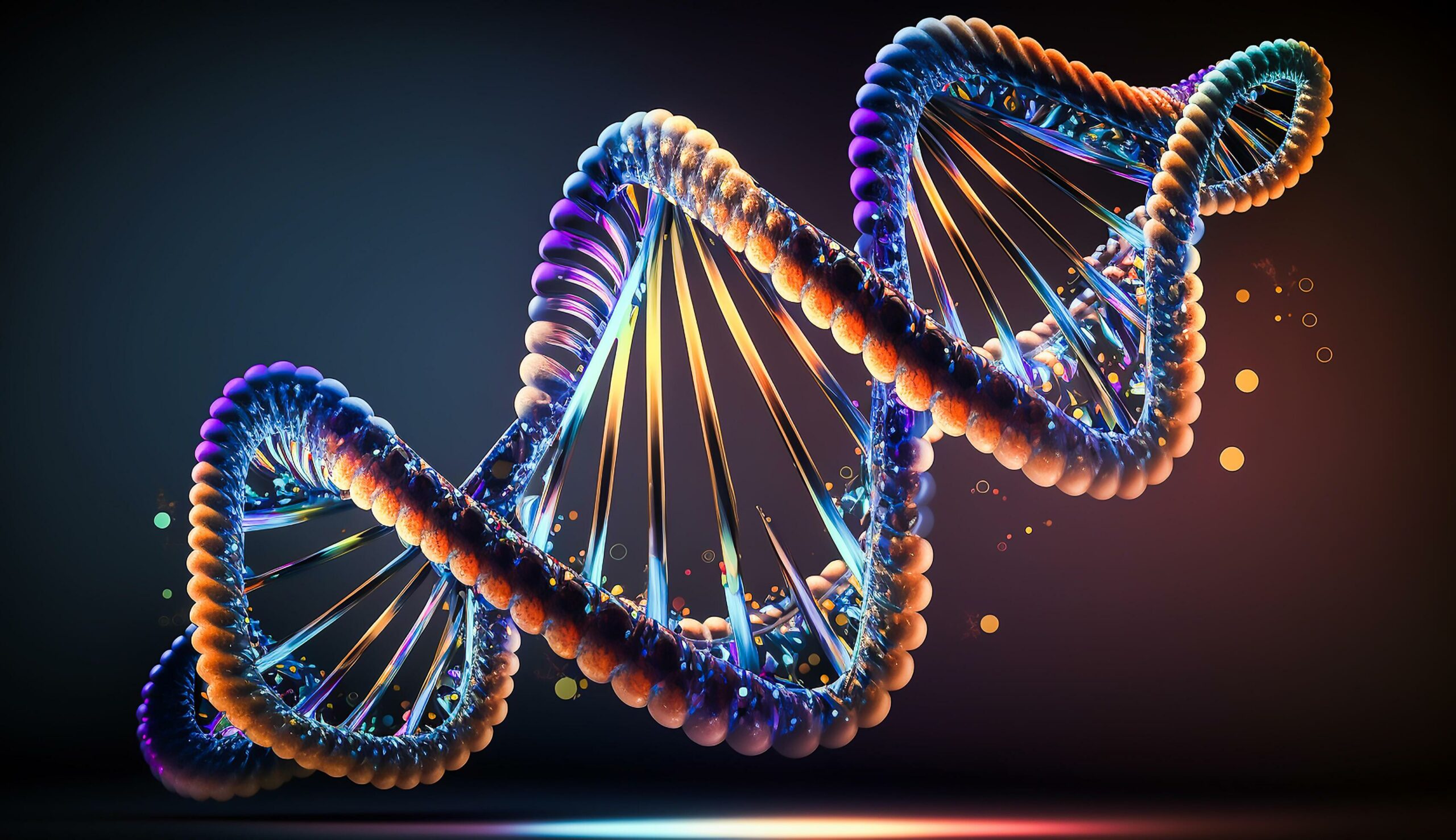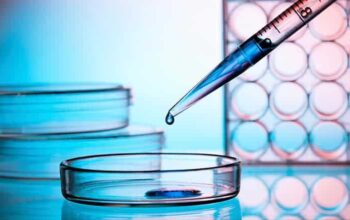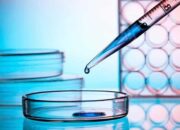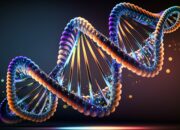Throughout the annals of scientific exploration, the integration of biology with physical sciences has frequently yielded revolutionary advancements. One particularly striking intersection lies at the confluence of DNA and dye lasers. This discussion ventures into the striking promise that DNA, with its multifaceted properties, holds for enhancing the efficacy of dye lasers. But could this synergy breathe new life into established laser technologies, or does it merely present an alluring mirage of potential advancements?
Dye lasers, which utilize organic dye as the gain medium, have been revered for their ability to produce a broad spectrum of wavelengths. This adaptability makes them indispensable tools in various sectors, from medical applications to telecommunications. However, the limitations posed by traditional dye sources—such as finite operational lifetimes, photodegradation, and solvent dependency—highlight the exigent need for innovative solutions. The quest for alternative gain mediums has led researchers to the molecular intricacies of biomolecules, with DNA emerging as a uniquely promising candidate.
Structurally, DNA comprises two long strands formed into a helix, with nucleotide bases that serve as a repository of genetic information. What stands out is its potential as a tunable medium for laser applications. The unique sequence-dependent responses of DNA to various stimuli could enable engineers and scientists to manipulate laser emissions with unprecedented precision. Essentially, the structured versatility of DNA can offer a remarkable avenue for attaining a greater number of wavelengths, thereby diversifying potential applications.
However, the question remains: how do we effectively harness the properties of DNA to utilize it as a dye laser medium? One should consider the molecular excitations that DNA can undergo. The mechanics of electron transfer and excitation in DNA have recently been a subject of profound scrutiny. Utilizing these properties can lead to the generation of laser-like emissions—yet this transmutation demands an intricate orchestration of both biophysics and photonics. The challenge resides not only in the requisite technological advancements but also in the scalability and reproducibility of DNA-based dye lasers for practical use.
Moreover, the synthesis of DNA dye solutions is fraught with complexities that must be navigated judiciously. Are researchers poised to unravel the myriad interactions between nucleotides and the solvents required for effective laser operation? This intricate dance of chemistry invites scrutiny into the environmental and practical considerations that must underlie the production of synthetic DNA derivatives capable of sustaining laser-grade performance.
Furthermore, one should consider the vitality of stability. Traditional dye lasers are often plagued by issues of photostability, as dyes can undergo photobleaching under continuous excitation. DNA does offer enhanced photostability due to its molecular structure and resilience under various conditions—yet could it also invoke unforeseen challenges in terms of hybridization and sequence-specific response? The exploration of DNA stability under prolonged irradiation suggests a need for further investigation, perhaps raising alchemical ponderings about how to optimize the longevity of DNA components in laser applications.
As one ventures deeper into the prospect of DNA-enhanced dye lasers, we find exciting avenues of inquiry. The potential for the gene-editing techniques such as CRISPR-Cas9 to tailor DNA sequences, thus modifying unique properties for specific photonic applications, presents a tantalizingly fertile ground for future research. If we could engineer DNA to exhibit desired electronic transitions, could we not also create a new class of bio-engineered lasers? Herein lies the playful inquiry: will molecular manipulation unlock a photonic revolution, or will unforeseen biological limitations stymie such ambitions?
Additionally, beyond the scientific parameters, ethical considerations loom large. The use of biological materials in technological applications invites discourse regarding biosecurity and the ramifications of harnessing living materials. Have the conversations around bioethics kept pace with these rapid technological innovations? Maintaining an interdisciplinary dialogue will be vital in ensuring that scientific advancements in this domain do not overlook crucial ethical boundaries.
On a practical front, integration of DNA into dye lasers may spur unparalleled advancements in medical diagnostics and therapeutic applications. Such lasers, with their refined capabilities, could enhance precision in imaging techniques, delivery of treatments, and even targeting of cellular mechanisms. Envision a scenario where DNA-containing lasers could selectively illuminate malignancies—will the lexicon of biology and physics combine synergistically to redefine the landscape of medical technology?
In summary, DNA lasers may herald a new era in the field of photonics. The prospect of manipulating biological structures for aesthetic properties and practical applications presents a fascinating juxtaposition of disciplines. Yet, with such promise also emerges a series of questions and challenges that warrant diligent exploration—contemplating the complexities of synthesis, stability, and ethical considerations embedded in this compelling integration. Engaging with these intricacies will not only advance the field but could also challenge our understanding of the inherent boundaries between biology and technology, providing avenues for innovative solutions in numerous applications.












